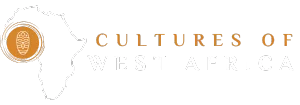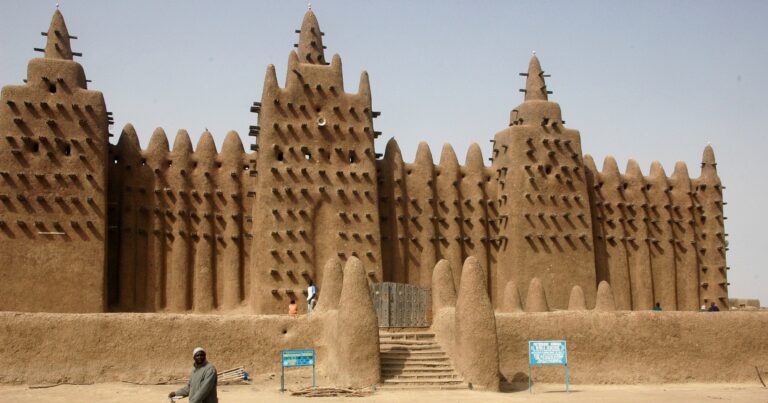
West Africa is a sub-region of Africa known for its rich and varied cultures, stunning landscapes, unique linguistic diversity, and fascinating West African Culture.
Spanning an extensive area of over 5,000,000 square kilometers, the sub-region is home to approximately 381 million people, as per estimates from 2018.
This landmass comprises 18 nations: Cape Verde, The Gambia, Ivory Coast, Burkina Faso, Senegal, Mali, Nigeria, Sierra Leone, Togo, Benin, Mauritania, Liberia, Niger, Ghana, Guinea, Guinea-Bissau, São Tomé and Príncipe, and Saint Helena.
1. History

The history of West Africa is divided into five significant eras:
- Prehistoric Period: The initial human settlers arrived, developed agricultural techniques, and began interactions with northern populations.
- Iron Age Empires: Formation of centralized states and trade networks within and beyond Africa.
- Major Polities: Flourishing kingdoms and empires experienced extensive interactions with non-African entities.
- Colonial Period: Nearly the entire region came under British and French colonial rule.
- Post-Independence Era: Modern nations emerged after gaining independence.
The region has been home to some of Africa’s most influential kingdoms and empires.
Ancient West African civilizations included the Kingdom of Ghana, which flourished from around 300 to 1100 CE. Known for its gold trade, Ghana was a powerful economic force in the region.
The Mali Empire, founded in the 13th century, became one of the largest empires in African history. Its wealth and cultural achievements, particularly under Mansa Musa’s rule, are renowned.
The Songhai Empire succeeded Mali, becoming the largest state in African history at its peak in the 16th century. It was known for its advanced political and military organization.
West Africa’s coastal regions played a significant role in global trade networks. European contact in the 15th century led to increased trade, including the tragic Atlantic slave trade.
Colonial rule by European powers in the 19th and 20th centuries reshaped West African societies and borders. This period had lasting impacts on the region’s cultural and political landscape.
Following World War II, West African nations gained independence, ushering in a new era of self-governance and nation-building.
2. Geographical Features
West Africa can be segmented into several geographical regions.
The northern expanse, known as western Sudan, stretches roughly 2,500 miles (4,000 kilometers) from the Atlantic Ocean to Lake Chad. It is a plateau bordering the Sahara to the north and the Guinea Coast forests to the south.
Historically, the Sahara desert has also served as a natural barrier, separating West Africa from regions to the north and east, sparking debates on whether the Middle East was ever considered a part of Africa.
Rainfall varies significantly across this terrain, from less than 10 inches (250 millimeters) in the arid north to about 50 inches (1,250 millimeters) in the southern areas.
Flora in this region transitions from the scrub vegetation of the Sahel in the north to a mixture of tall trees and lush savanna grasslands further south. Along the Atlantic, the Guinea Coast equatorial forests thrive, stretching inland for up to 150 miles (240 kilometers).
3. Cultural Richness

West Africa is home to over 1,000 languages. The Niger-Congo language family dominates, including major languages like Yoruba, Igbo, and Fula. Many West Africans are multilingual, often speaking a local language, a regional lingua franca, and an official European language.
For instance, Nigeria alone boasts more than 500 languages, emphasizing the intricate mosaic of ethnic groups and cultural practices scattered throughout the region
- English serves as an official language in countries like Ghana and Nigeria.
- French is widely used in Senegal and Ivory Coast.
- Portuguese is spoken in Cape Verde and Guinea-Bissau.
Indigenous languages play a crucial role in preserving cultural heritage. Mandinka, spoken by around 11 million people, is one of the largest linguistic groups in the region according to the Culturetrip.
Ethnic Groups
Major ethnic groups include:
- Hausa-Fulani: The largest ethnic group in West Africa
- Yoruba: Prominent in Nigeria, Benin, and Togo
- Akan: Found in Ghana and Ivory Coast
- Mandinka: Spread across several West African countries
These groups often transcend national borders, creating intricate social networks. Interethnic relations vary, ranging from peaceful coexistence to occasional conflicts over resources or political power.
Many ethnic groups maintain distinct cultural practices, including traditional ceremonies, music, and art forms.
4. Gender Roles and Relations and Social Status
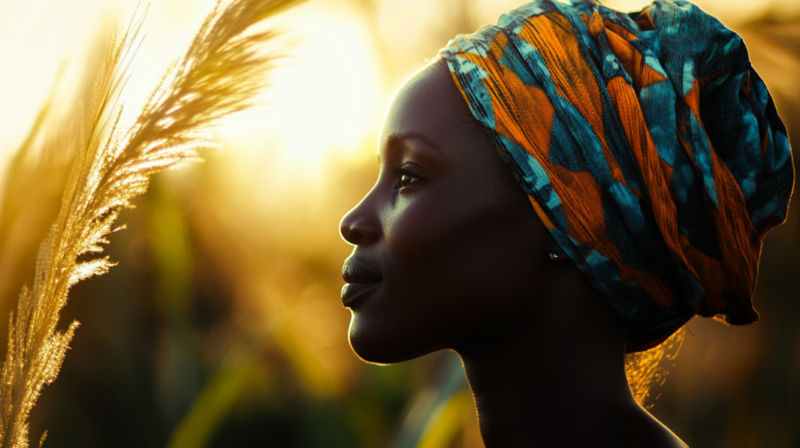
In West African societies, gender roles are often clearly defined but vary between ethnic groups. Men typically hold positions of authority in public spheres, while women wield significant influence in domestic and economic realms.
Many communities practice a patriarchal system, with male elders making key decisions. However, women’s groups and female leaders play crucial roles in community organization and trade.
In some cultures, women manage household finances and control local markets. The Akan people of Ghana and Côte d’Ivoire follow a matrilineal system, tracing lineage through the mother’s side.
Rites of Passage
Rites of passage mark important transitions in West African culture. These ceremonies reinforce cultural values and prepare individuals for new social roles.
Coming-of-age rituals are particularly significant. For boys, these may involve tests of strength, hunting skills, or spiritual knowledge. Girls’ ceremonies often focus on domestic skills and fertility rites.
Marriage ceremonies blend traditional customs with modern practices. Many cultures require bride prices or dowries. Extended families play key roles in negotiations and celebrations.
Naming ceremonies for newborns are joyous community events. Names often carry deep cultural meanings, reflecting family history, circumstances of birth, or aspirations for the child’s future.
5. Arts and Craftsmanship
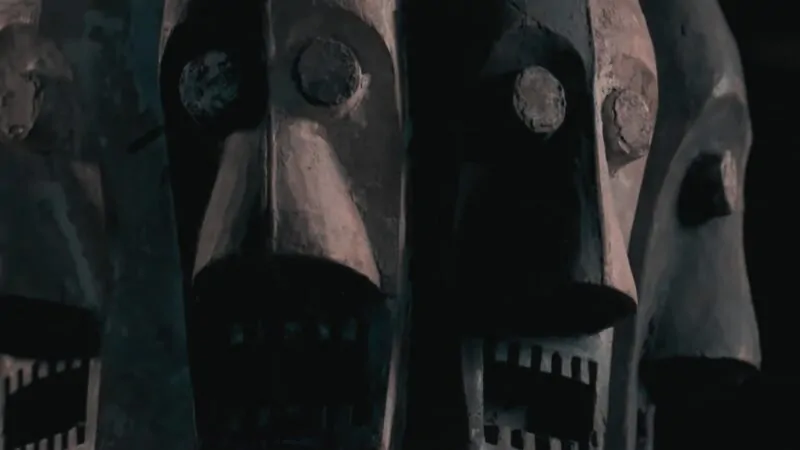
West African textile arts showcase vibrant colors and intricate patterns. The Kente cloth of Ghana is a prime example, featuring bold geometric designs woven with silk and cotton. Each pattern holds symbolic meaning, representing historical events or cultural values.
In Nigeria, the Yoruba people practice admiring, a resist-dye technique that creates stunning indigo fabrics. Artisans use starch paste or tie-dye methods to create intricate patterns before dyeing the cloth.
Mud cloth from Mali, known as bogolanfini, combines natural dyes with symbolic patterns. Craftspeople paint intricate designs using fermented mud onto hand-woven cotton fabric.
Sculpture and Metalwork
West African sculptors create powerful works that often serve religious or ceremonial purposes. The Benin Bronzes, crafted by the Edo people of Nigeria, showcase exceptional metalworking skills. These intricate plaques and sculptures depict historical events and royal figures.
Wood carving is another prominent art form. Dogon masks from Mali feature abstract designs and elongated forms, used in important rituals and ceremonies.
The Ashanti people of Ghana excel in lost-wax casting, creating detailed gold weights and jewelry. This technique produces intricate figurines and ornaments, each with cultural significance.
Senufo artisans from Côte d’Ivoire craft distinctive wooden sculptures known for their elongated forms and stylized features. These pieces often represent ancestral spirits or nature deities.
6. Cuisine and Culinary Practices
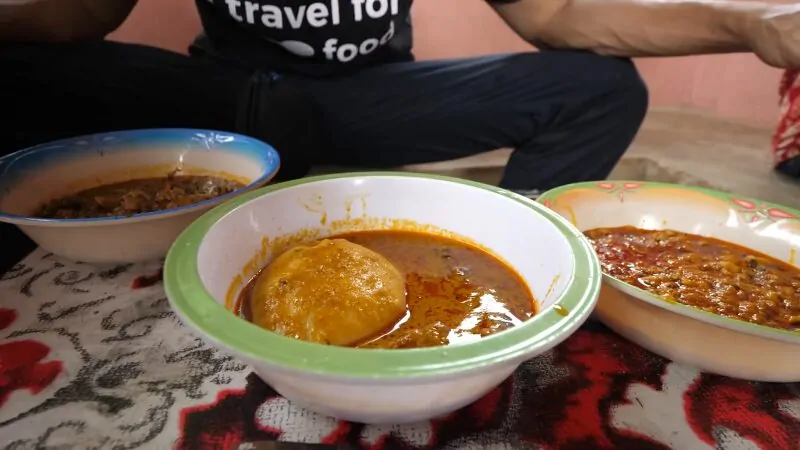
Fufu is a cornerstone of West African cuisine and West African Culture. This dough-like dish is made by boiling and mashing starchy vegetables such as cassava, yams, plantains, or corn. It serves as a versatile accompaniment to many meals.
Rice is another essential staple, with jollof rice being a popular dish throughout the region. Each country claims to have the best version, showcasing the culinary rivalry within West Africa.
Stews and sauces play a crucial role in West African meals. These are often made with a variety of vegetables, meats, and spices, creating complex flavors that complement the staple foods.
Cooking Techniques
Traditional cooking methods in West Africa often involve slow cooking and stewing. This approach allows flavors to develop fully and tenderizes tougher cuts of meat.
Spices are used extensively in West African cooking, particularly in regions like West Africa. However, the level of spiciness varies across different areas, with some cuisines favoring milder flavors.
Grilling and roasting are common techniques for preparing meats and fish. These methods impart a smoky flavor to the food and are often used for special occasions or celebrations.
Fermentation is another important cooking technique, used to preserve foods and create unique flavors. Fermented dishes like ogi (fermented corn porridge) are popular breakfast options in many West African countries.
7. Natural Beauty
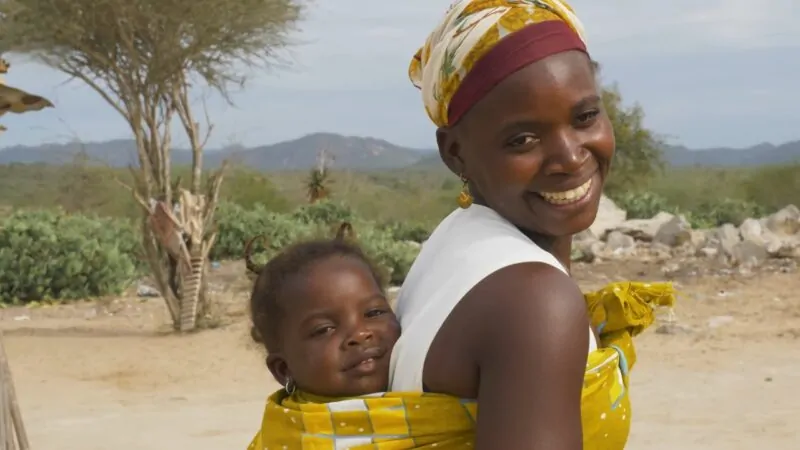
The natural diversity in West Africa is striking. Within relatively short distances, one can experience a plethora of landscapes, ranging from stunning coastlines and dense rainforests to vast savannahs and imposing mountains.
These varied environments support a wide array of wildlife, including exotic birds and mammals such as giraffes, zebras, lions, and rhinoceroses.
Wildlife reserves throughout the region, from Ghana to Nigeria and Burkina Faso, offer opportunities to witness these magnificent creatures in their natural habitats.
8. Historical and Cultural Attractions

Liberia, for example, stands out as Africa’s first independent nation, established by freed American slaves, achieving independence in 1847.
West Africa has numerous cultural and historical sites that showcase its rich heritage.
Timbuktu in Mali and the stone circles of Senegambia highlight the region’s ancient history, while colonial-era sites like Grand-Bassam in Côte d’Ivoire and Saint-Louis in Senegal reflect European influence.
Other significant locations include the Royal Palaces of Abomey in Benin, the Osun-Osogbo Sacred Grove in Nigeria, and the Great Mosque of Djenne, known for its unique mud architecture.
The region also holds sites tied to the trans-Atlantic slave trade, such as Kunta Kinteh Island in Gambia and the island of Goree in Senegal.
These landmarks provide a direct connection to the diverse civilizations and historical events that have shaped West Africa.

